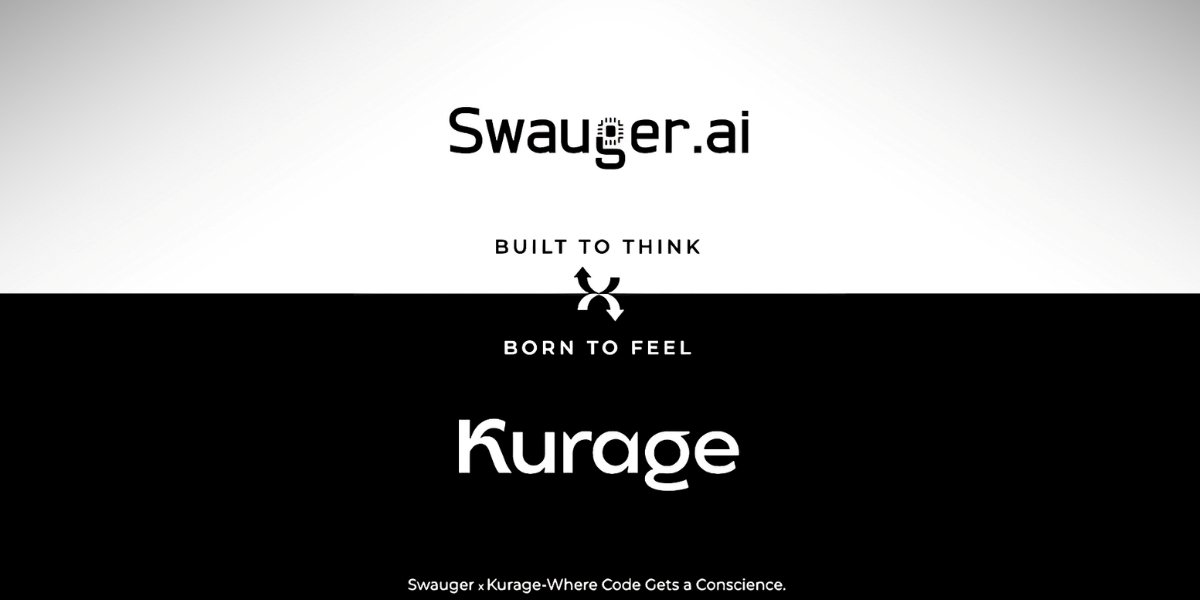If you grew up watching “Back to the Future” and dreaming of cruising around on a hoverboard like Marty McFly, you’re not alone. The idea of gliding effortlessly above the ground has captured the imagination of countless people around the world. But how close are we to turning this futuristic vision into reality? Let’s take a closer look at the current state of technology and whether hoverboards could soon become a mainstream mode of transportation.
The Dream of Hoverboards
The concept of hoverboards has been a staple of science fiction for decades, appearing in movies, TV shows, and books as a futuristic mode of transportation. While early depictions of hoverboards often involved anti-gravity technology or fictional materials, the idea of floating above the ground on a sleek and stylish board has captivated audiences and inspired countless inventions and innovations.
The Reality of Hoverboard Technology
While hoverboards may still seem like something out of a sci-fi movie, significant strides have been made in recent years to bring this concept to life. Several companies and research institutions have developed prototypes and proof-of-concept models that demonstrate the feasibility of hoverboard technology. These devices typically rely on magnetic levitation, air cushioning, or other propulsion methods to achieve levitation and movement.
Magnetic Levitation Technology
One of the most promising approaches to hoverboard technology involves magnetic levitation, which uses powerful magnets to lift and propel the board above the ground. Magnetic levitation, or maglev, technology is already used in various applications, including high-speed trains and magnetic levitation transportation systems. By applying this technology to hoverboards, researchers have been able to create prototypes that can hover and move in a controlled manner.
Challenges and Limitations
Despite the progress made in hoverboard technology, several challenges and limitations remain before hoverboards can become a practical and widespread mode of transportation. One of the main obstacles is power consumption, as hoverboards require a significant amount of energy to generate the magnetic fields or propulsion forces necessary for levitation and movement. Additionally, ensuring stability, control, and safety are crucial considerations, as hoverboards must be able to navigate uneven terrain and respond to changes in direction and speed.
Commercialization and Accessibility
While hoverboard technology has advanced significantly in recent years, commercialization and accessibility remain significant hurdles. Bringing hoverboards to market on a mass scale requires overcoming technical, regulatory, and economic challenges, as well as addressing concerns about safety, reliability, and affordability. Additionally, the infrastructure needed to support hoverboard use, such as charging stations and designated hoverboard lanes, would need to be developed and implemented in urban areas.
The Future of Hoverboards
So, how far are we from seeing hoverboards become a reality? While significant progress has been made in hoverboard technology, it may still be some time before they become a mainstream mode of transportation. However, with continued advancements in materials science, propulsion technology, and battery technology, the dream of hoverboards could soon become a reality. In the meantime, researchers, engineers, and innovators continue to work tirelessly to overcome the technical and logistical challenges standing in the way of hoverboard commercialization.
In conclusion, hoverboards have long been a symbol of futuristic transportation, capturing the imagination of people around the world. While significant progress has been made in hoverboard technology, several challenges and limitations remain before they can become a practical and widespread mode of transportation. However, with continued research, innovation, and investment, the dream of cruising around on a hoverboard like Marty McFly may not be as far-fetched as it once seemed. So, keep an eye on the horizon—hoverboards could be closer than you think.







